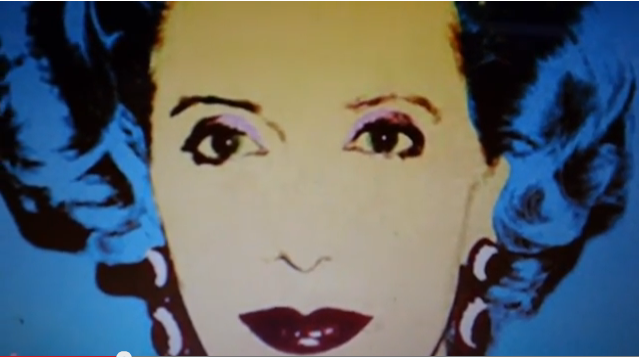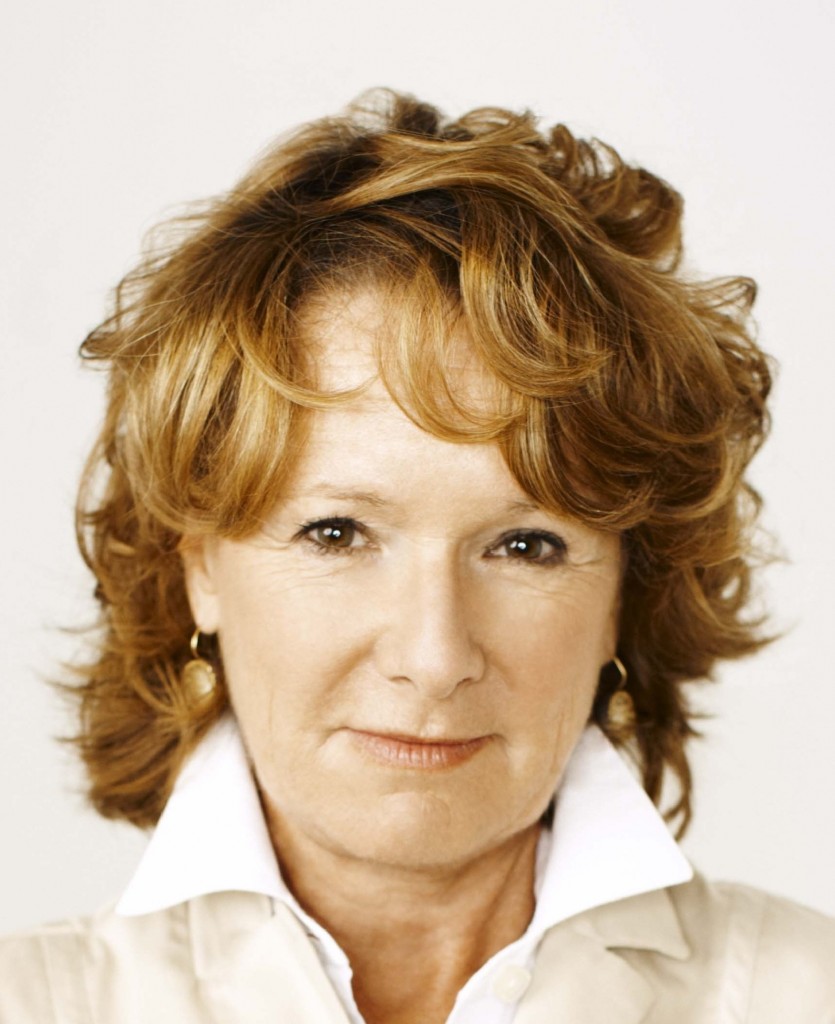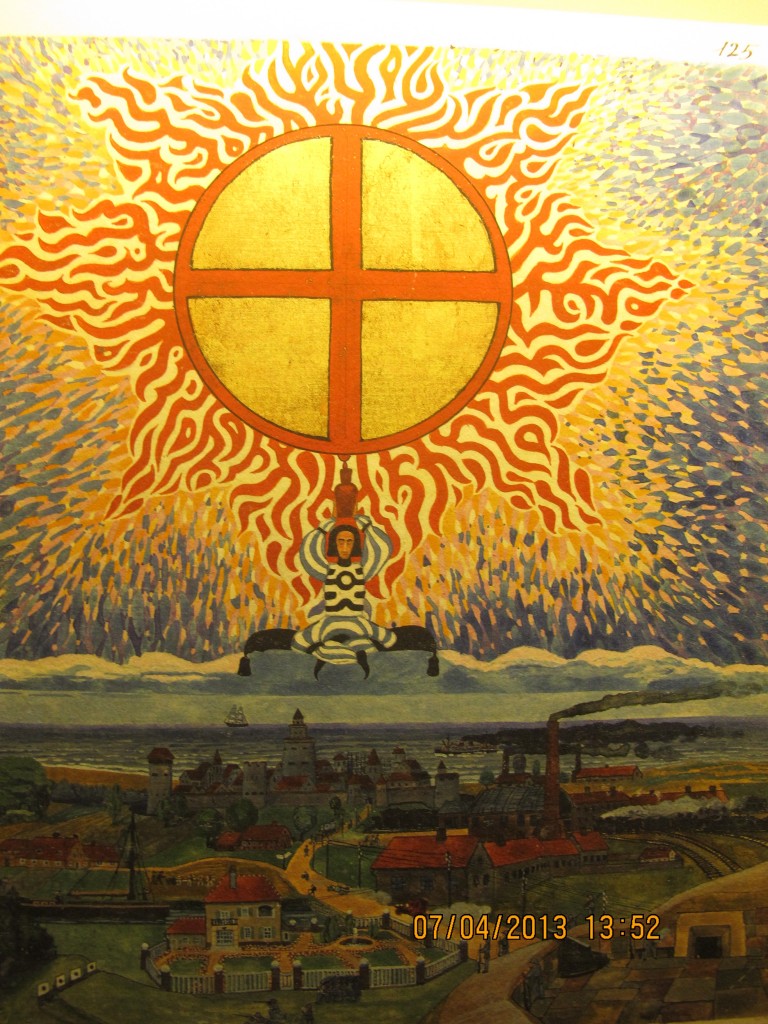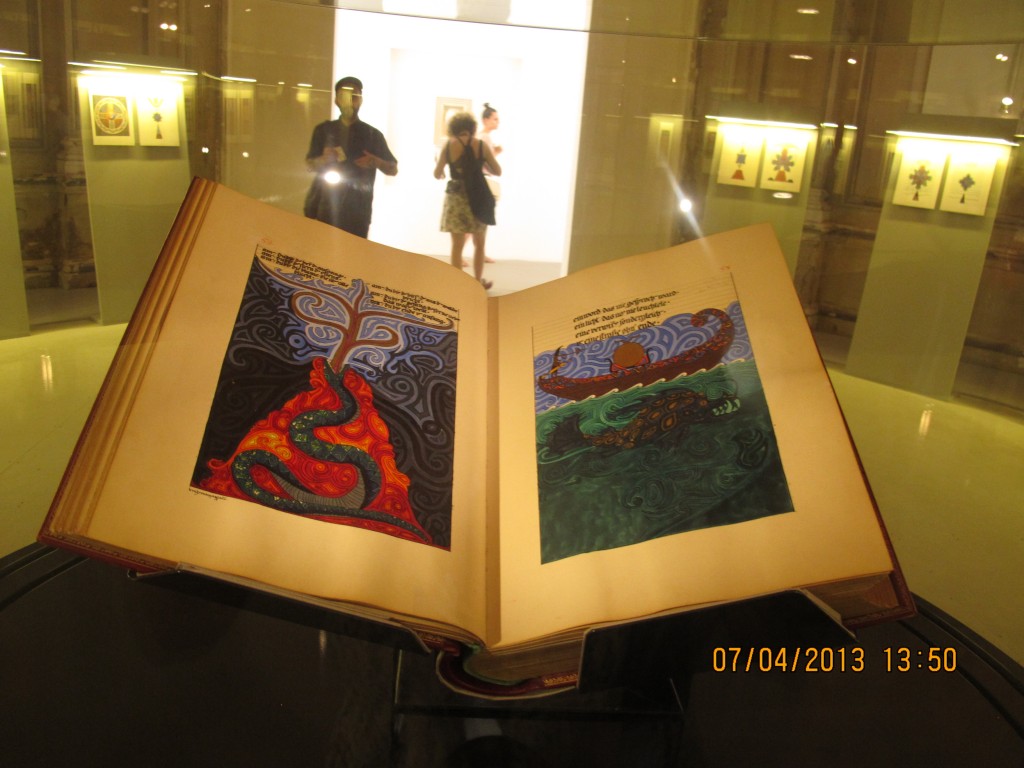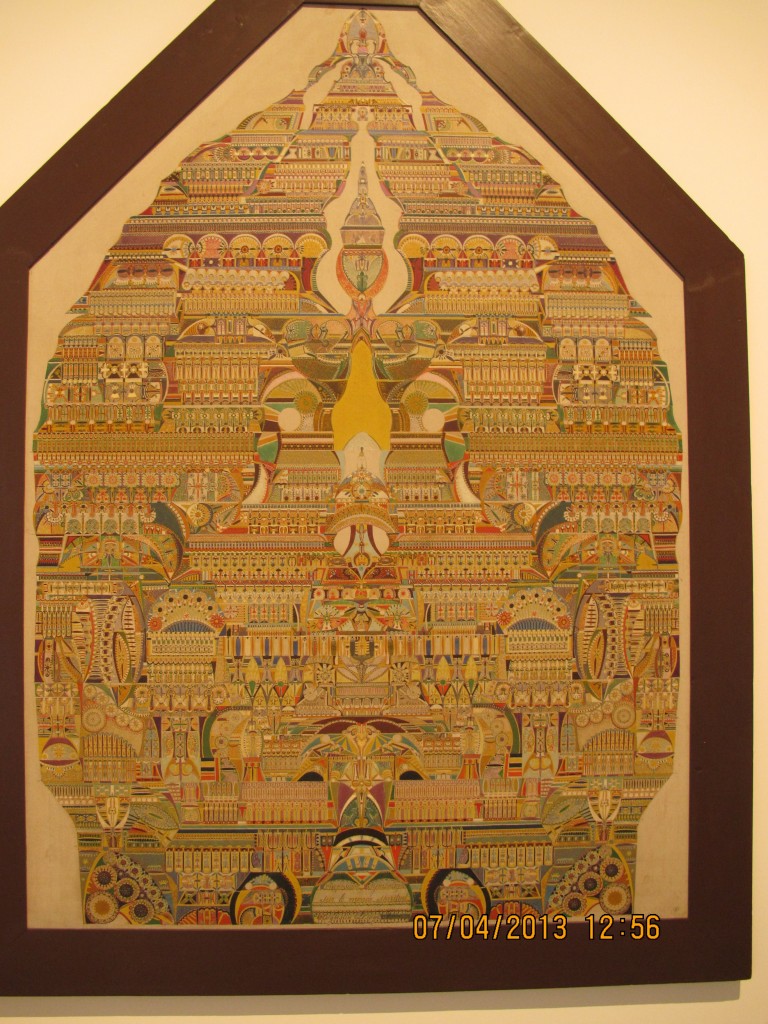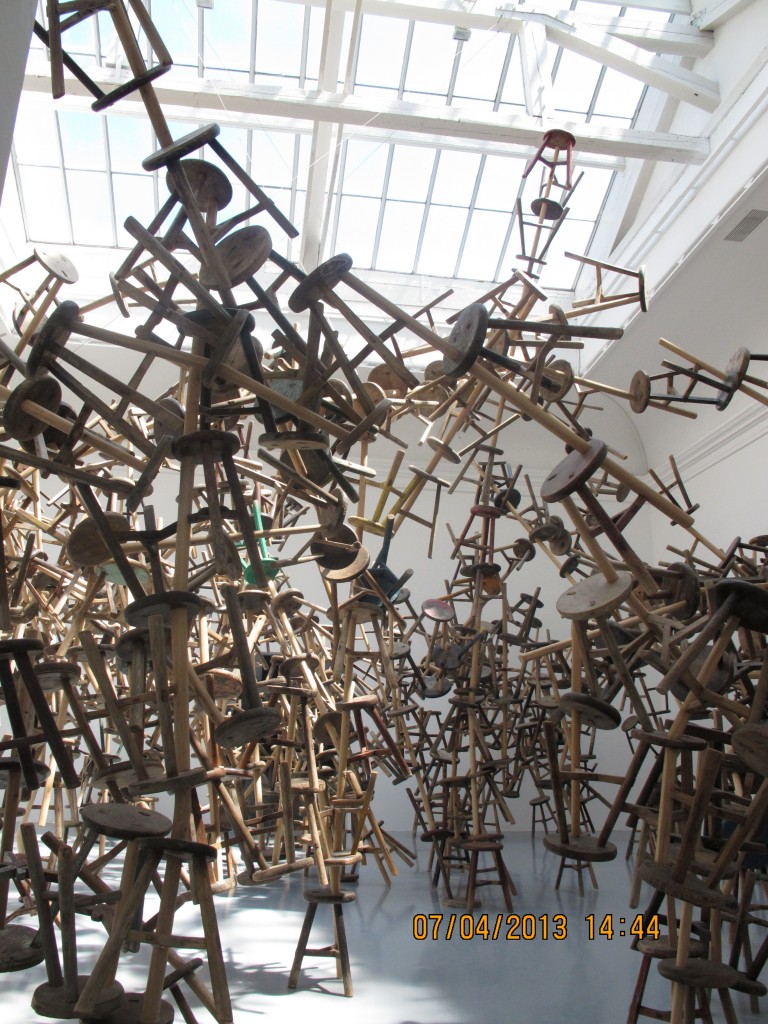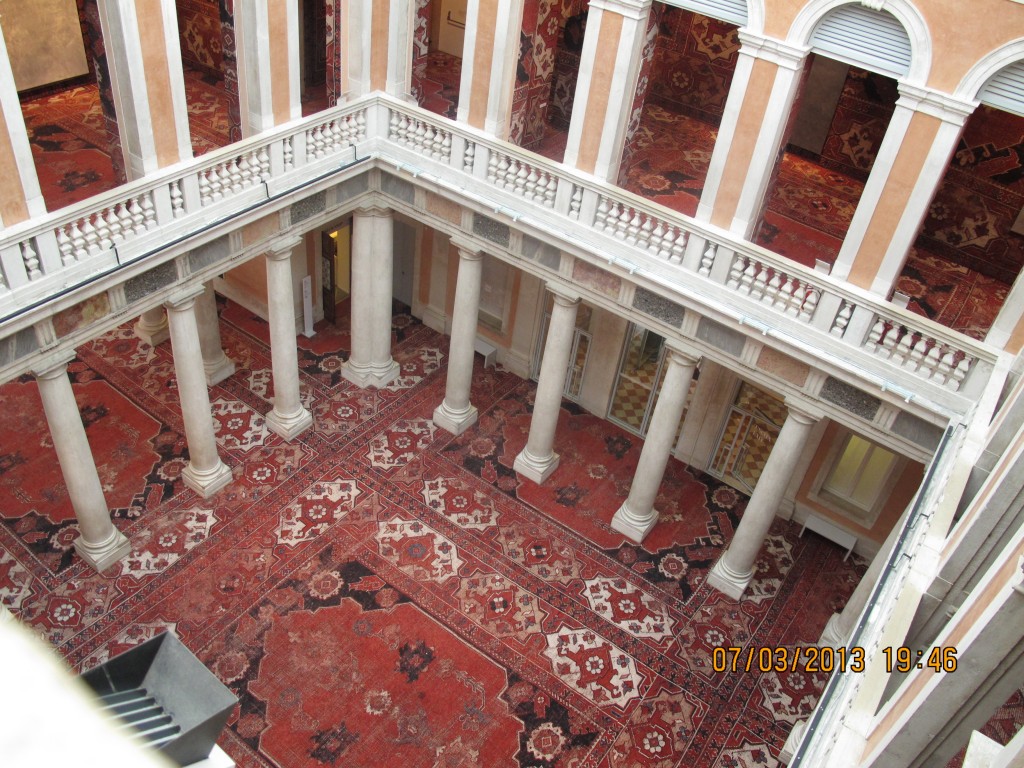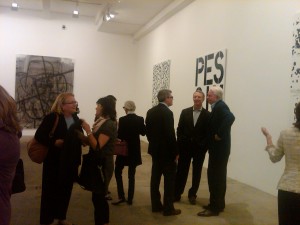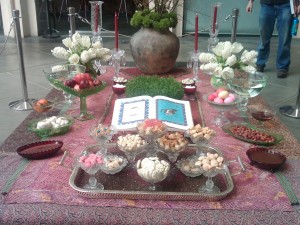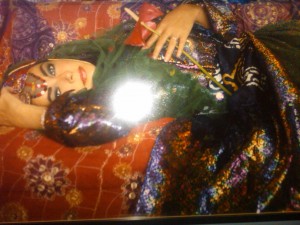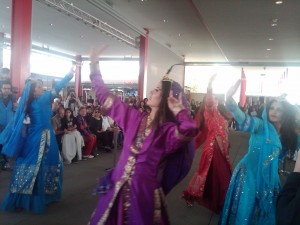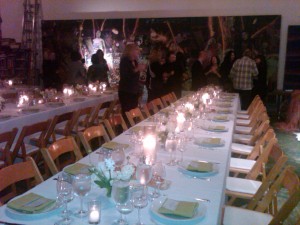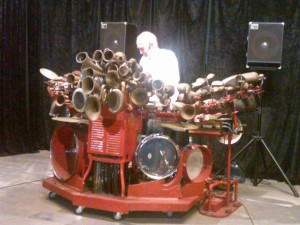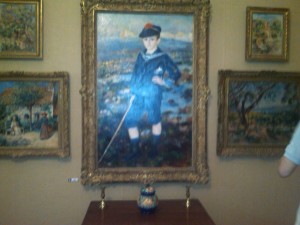Many New Yorkers used to say that there is no art scene in Los Angeles. This is farther from the truth! I am not exaggerating by saying that in a given week I may get around 3 to 4 announcements on different exhibitions taking place around town….and this is just the tip of the iceberg.
And what was even more amazing is that in the past week, I managed to scale a part of that iceberg. Here is a glimpse of some of the great exhibitions going around town.
ACME Gallery is one of the prestigious galleries in the city and it was showcasing Jennifer Steinkamp’s video installations. A group of my friends visited the gallery to meet with the artist herself and hear about her newest project. A very laid back and approachable artist, she took us from one room to another to tell us of her inspiration. On a personal note, I love one of her works of a computer animated tree that goes through the four seasons, shedding its leaves in the winter, blossoming, and swaying with the wind, and the leaves turning colors as time elapses. I had seen this particular piece at a UCLA art show and fell in love with it. Just imagine, a couple of months later I saw this very piece displayed in the foyer of one of my friends! It is a magnificent sight. Here is a link to Jennifer’s show:
http://www.acmelosangeles.com/exhibitions/2011-2-jennifer-steinkamp/
A few days later I was invited by LACMA to try their new restaurant–Ray that has been designed by the famed architect Renzo Piano. The restaurant is named after Ray Stark, who was a famous producer and former LACMA Trustee. So I met up with a friend and had a tasting of the Mediterranean inspired food that the Patina Group had created. The food was absolutely wonderful with a great selection of salads, pastas, and entrees.
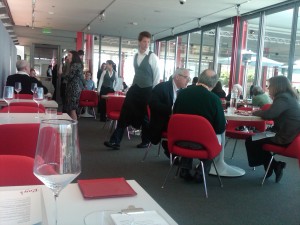
Of course, after lunch we headed out to see the Larry Fink Photography exhibit in the museum. Given that it was Oscar weekend, much had been written about this Vanity Fair Photographer who has captured images of celebrities and society people at the Vanity Fair Oscar Parties. For one thing, Larry’s photographs certainly don’t flatter the elite. By no means are these glossy and glamorous pictures of actors and actresses. That point of view I like, but to tell you the truth, this exhibition left me uninspired. Here is a link to the show.
http://www.lacma.org/art/ExhibFink.aspx
Two days later, I went to Soraya Nazarian’s sculpture exhibition. Does the last name sound familiar to you? Yes, Soraya is my talented mother-in-law, who has been sculpting for the past 25 years. Words don’t describe how I felt when I walked into the gallery and saw her work displayed all in one space. She simply does magic– she takes such a hard medium such as stone and transforms it into something alive and full of emotion. The opening was a big success with lots of art aficionados and friends mingling and talking about the pieces on display.
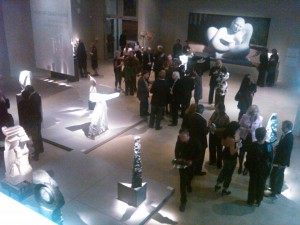
Finally, the next day, as I was having a meeting in Century City, I had 45 minutes to spare and walked over to the Annenberg Space for Photography. It had been weeks that I had seen banners of their new exhibition displayed all over town. And just last week, I had run into philanthropist Wallis Annenberg herself who was raving about the latest photographs that are on display in her space.
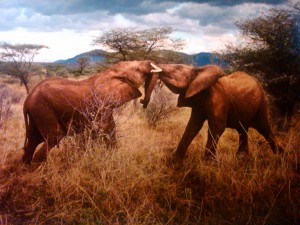
This is a must see exhibition if you live in Los Angeles. “Extreme Exposure” documents the work of 5 photographers who dare to explore the most dangerous and remote environments to capture pictures of nature. A photograph taken by a diver in the frozen water of Antartica to capture sea lions was magnificent. Then there were the supernatural pictures of volcanos erupting, and wild, nearly extinct animals in India or Africa. What is most special about this exhibition is that these rarely seen moments are accompanied by the photographers’ commentary in a 10 minute video clip. This is a perfect show to take kids as well! Here is a link to this show:
http://www.annenbergspaceforphotography.org/exhibitions/overview.asp
So this was a sliver of my week in the art scene. Just this week I received invitations to the Ed Ruscha Show at the Gagosian and the Broad Art Foundation. So, there is more to come! But comes to show that Los Angeles has more to offer than some may chose to think!

